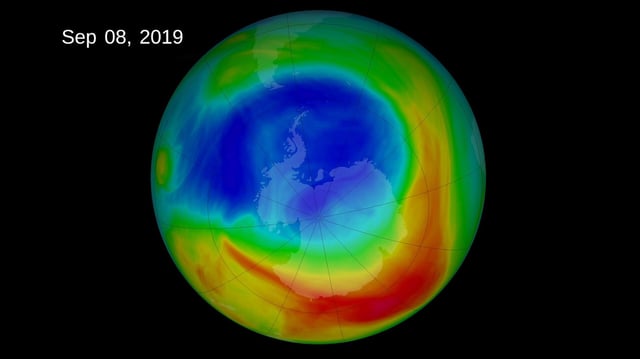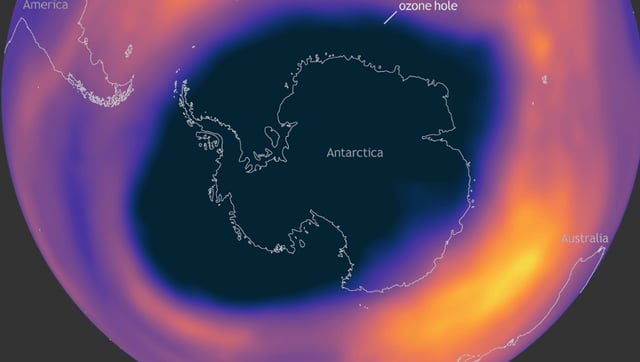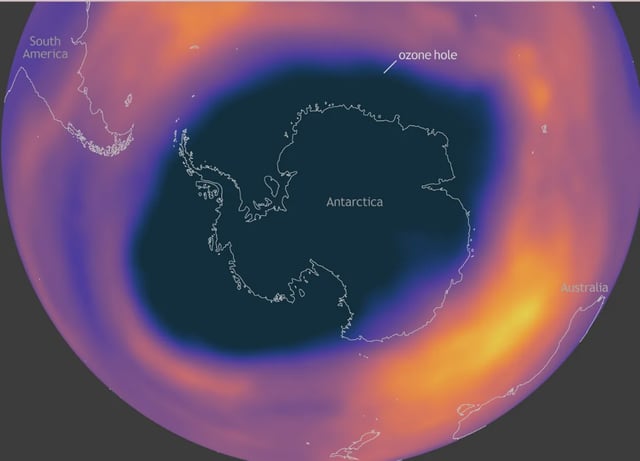Overview
- The Antarctic ozone hole is shrinking, with a new MIT-led study confirming a 95% confidence level in its recovery due to reduced ozone-depleting substances.
- The study used a 'fingerprinting' method to isolate the impact of chlorofluorocarbon (CFC) reductions from natural atmospheric variability.
- The Montreal Protocol, signed in 1987, has been pivotal in phasing out CFCs, which were extensively used in refrigeration and aerosols.
- Satellite observations and 15 years of data show a clear pattern of ozone recovery, with the strongest signals observed in 2018.
- Scientists estimate that the Antarctic ozone layer could fully recover by 2035, marking a significant global environmental achievement.


